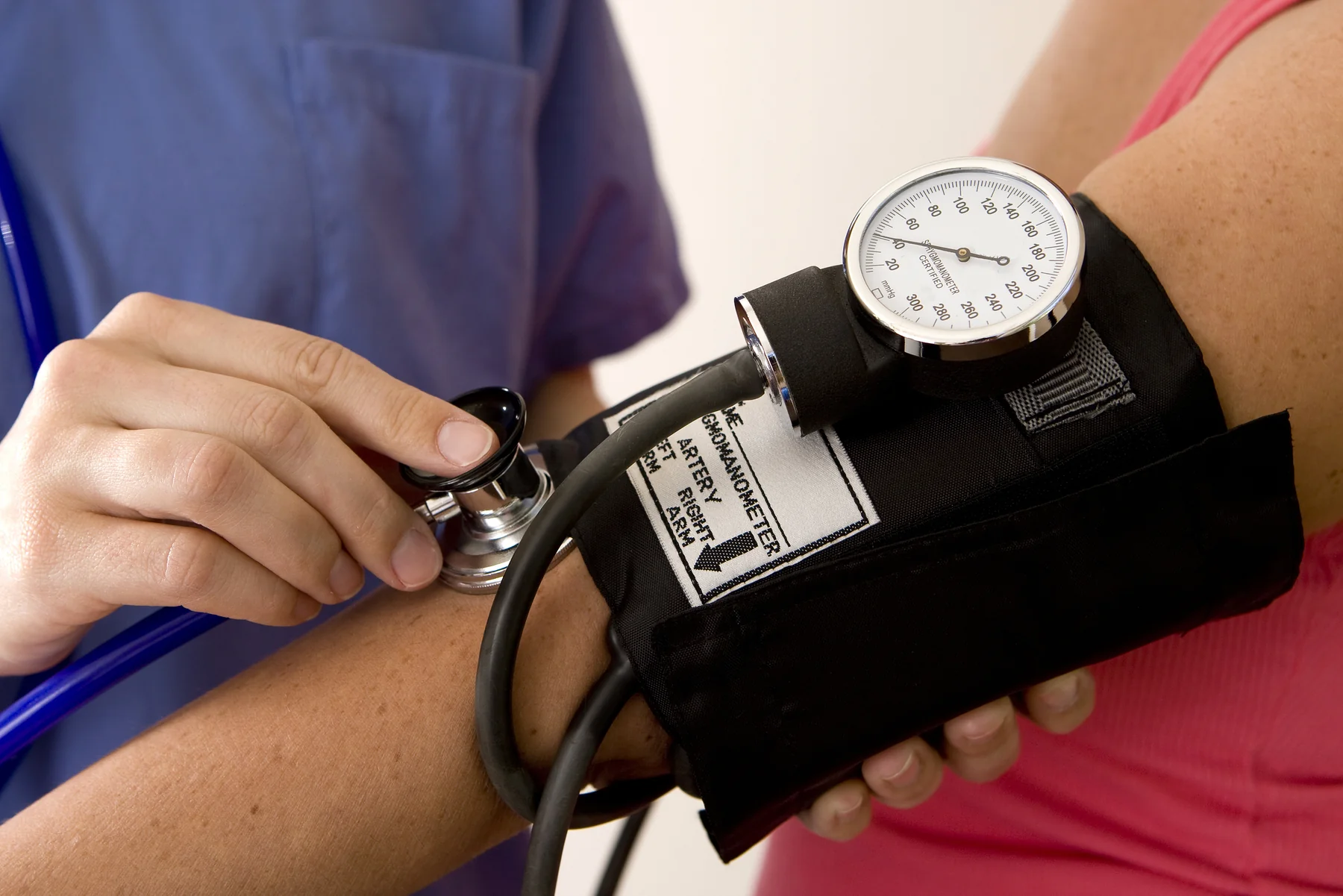by State 2025
by State 2025

They check your blood pressure reading every time you see your doctor. You're bombarded with TV ads about medications designed to combat high blood pressure. You're warned against eating too much salt, told to get regular exercise, and offered a bazillion options for losing weight. All this because of your potential for high blood pressure.
So what's the big deal about a couple of numbers on a blood pressure cuff?
"Blood pressure" (BP) is exactly what the name implies: the pressure your blood exerts on the blood vessel holding it. Your blood exerts pressure in both your arteries and your veins. A blood pressure reading consists of two numbers displayed as a fraction.
When your heart muscle contracts, or beats, it pushes blood through your arteries. The amount of pressure the blood exerts against the walls of the arteries is the top number of the BP fraction. This is the systolic pressure or the amount of force the blood exerts on the artery walls.
In between beats, your heart muscle relaxes. This allows it to fill back up with blood to be pumped out again. The bottom number of the fraction is your diastolic pressure or the amount of force the blood exerts on the vein walls between your heartbeats.
So, why are these numbers important? Think of it this way: consider a water balloon. It expands as you fill it with water because of the pressure the water exerts on the inside wall of the balloon. But it can only withstand a certain amount of this pressure before it ruptures, spewing water everywhere.
The same principle applies to your arteries and veins. They can only withstand a certain amount of pressure before damage occurs.
To check your blood pressure at home, you'll need a personal blood pressure measurement device. You can obtain these at most pharmacies and general retail stores. These BP monitors are easy and safe to use. Those that measure your BP on your upper arm generally produce more reliable results than those that measure from the wrist. Most are automated and display the results digitally. Checking your BP is as simple as putting on the cuff and pressing a button.
Follow these tips for more accurate readings:
Blood pressure naturally fluctuates. One high reading isn't necessarily a cause for alarm, and everyone's BP will be different throughout the day. Talk with your doctor to formulate an individualized plan for monitoring your blood pressure.
As a general rule, most begin by measuring their blood pressure twice each morning and twice each evening for the first week. Then check it once a day for an additional week. Keep a record of your readings and take this information with you to your next doctor's appointment.
What's considered your ideal blood pressure is something you should discuss with your doctor. When considering normal systolic and diastolic blood pressures, the American Heart Association recommends the following ranges.
Benjamin Franklin said it best in 1735: "An ounce of prevention is worth a pound of cure." This idiom holds true when it comes to high blood pressure. There are relatively simple steps that can keep high blood pressure at bay.
High blood pressure can be a perplexing ailment. In some cases, there is an identifiable cause, such as dietary factors, lack of exercise, excess weight, or disorders such as kidney disease. Hypertension of this nature is classified as secondary hypertension.
Most cases of high blood pressure fall under the umbrella of essential hypertension. This is high blood pressure that doesn't have a specific known cause. Genetics is a big factor in someone's predisposition to essential hypertension. This type rarely has any noticeable symptoms and is usually discovered through regular medical examinations. Essential hypertension can begin at any age but tends to show up more often in middle age.
Along with healthy life choices, supplements of some vitamins and minerals have been shown to support healthy blood pressure levels. Some of these vitamins and minerals include:
High blood pressure is not a condition to play around with, but it is a condition that is controllable and manageable with regular medical care and proper lifestyle choices.
{"one"=>"Select 2 or 3 items to compare", "other"=>"{{ count }} of 3 items selected"}